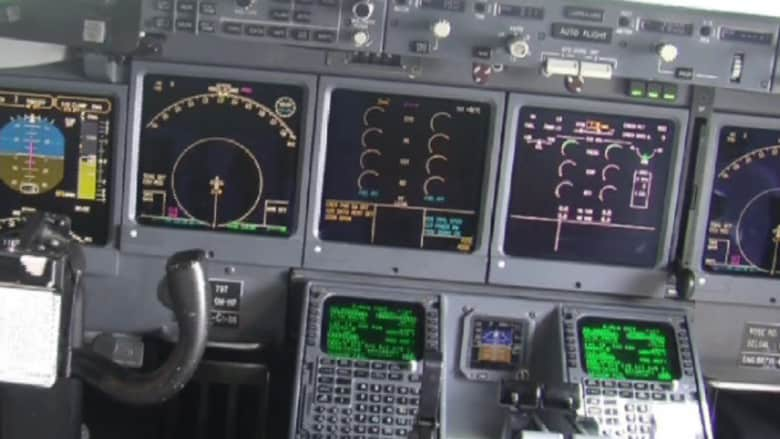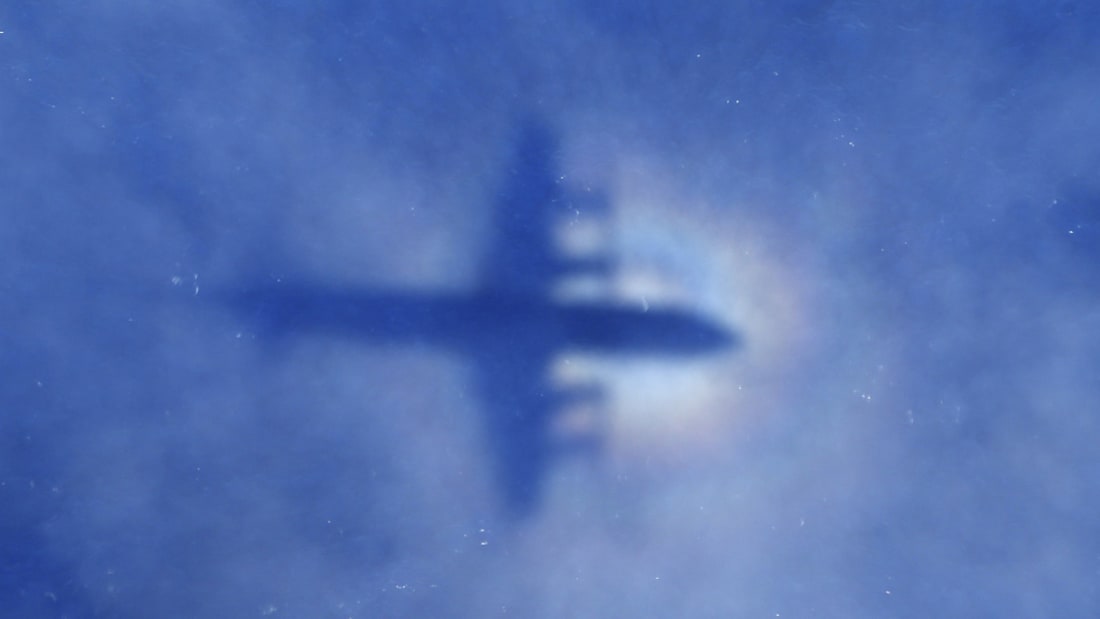أتلانتا، الولايات المتحدة الأمريكية (CNN)-- بعد مرور عام على اختفاء الطائرة الماليزية رحلة رقم "370"، لا تزال هنالك الكثير من الأسئلة حول ما حصل بالفعل، ومالذي كان يمكن فعله لمنع اختفاء طائرة متطورة يبلغ سعرها 270 مليون دولار، والتي كانت تحمل 239 شخصاً؟
والآن نظهر لكم اختراعاً في القرن الحادي والعشرين كان يمكنه أن يكشف مباشرة عن موقع الطائرة، وأن يحررص على عدم فقدان التواصل معها، وهذه التكنولوجيا، ليست مستخدمة في الطائرات التي تقلع وتهبط كل يوم.
وهنا تطرح الأسئلة، لم لا يمكن استخدام تقنية "GPS" لتحديد المواقع عبر الأقمار الصناعية؟ ولماذا لا توجد طريقة لاتصال الصندوق الأسود التابع للطائرات بالأقمار الصناعية؟ الإجابة على هذا كله هي بسيطة.. التكلفة العالية، ولكن لا شك بأن هذا كله سيكون أرخص من انطلاق مئات الفرق بحثاً عن طائرة واحدة على امتداد آلاف الكيلومترات في مياه المحيط الواسع.
إليكم الطرق التي كان يمكن لطائرة MH370 بها التواصل مع الجهات المشرفة على حركة الطيران، وهي ثمان طرق:
- خمسة أجهزة راديو بترددات عالية، والتي كان بإمكانهما نقل واستقبال المعلومات والرسائل الصوتية.
- جهازان لنقل المعلومات التعريفية وبانات عن الارتفاع لشاشات الرادار لجهات المراقبة لحركة الطيران.
- جهاز استقبال وإرسال عبر الأقمار الصناعية، والذي كان يمكنه أن يتلقى المكالمات الهاتفية والرسائل النصية، وأن يرسلها أيضاً.
كان يمكن لهذه الأجهزة أن تفي بالغرض، لكن ما يجهله الكثيرون وجود العديد من الثغرات بطرق اتصال الطائرات بدوائر المراقبة، فمثلاً تستخدم مراكز المراقبة تقنية الرادار، الذي تطبق عليه تكنولوجيا تعود للأربعينيات، ورغم القدرة على الاعتماد على تكنولوجيا الردادر بشكل كبير، إلا أن أي طائرة تحلق على بعد يزيد عن 300 كم فوق المحيطات لن يتم تتبعها بهذه التكنولوجيا، خاصة وأن الردادر لا يغطي إلا حوالي 2 - 3 في المائة من سطح الأرض.
وإن انطفأت أجهزة الاستجابة داخل الطائرة، يمكن رؤية الطائرة على شاشات الرادار بشكل نقطة مجهولة، ولن يتمكن الناظر من تحديد ارتفاعها.
وقامت بعض شركات الطيران بعد هذه المأساة بتعديل أجهزة الاستجابة بشكل لا يمكن أي شخص من إطفائها يدوياً، إلا أن الكثيرين عارضوا هذه الفكرة لأنه يتوجب في بعض حالات الطوارئ مثل الحارائق إطفاء أي أجهزة بدارات كهربائية.
أما الحلول أمام عدم تكرار ما حصل قبل عام، يمكن أن يتمثل في أجهزة تطلق عليها أمريكا تسمية "Next Generation Air Transportation System" أو "NextGen" اختصاراً، إذ يمكن للطائرة المزودة بهذه التكنولوجيا أن تحدد موقعها لمراكز المراقبة باستخدام تقنية التتبع بالأقمار الصناعية "GPS" وأن تستقبل المعلومات باستخدام موجات الراديو.
وهنالك نظام آخر باسم "Automated Flight Information Reporting System" أو "AFIRS" اختصاراً، طورته شركة "FLYHT" الكندية، ويعمل على مراقبة جهاز تسجيل المعلومات في الطائرة، المعروف باسم "الصندوق الأسود" وينقل المعلومات الأساسية بشكل أوتوماتيكي، عند استشعار هذا النظام لأي حدث طارئ أو عند تلقيه أوامراً من طاقم الطائرة أو أجهزة المراقبة على الأرض، وقد بدأت شركة "First Air" الكندية بتطبيق هذا النظام بالفعل، بتكلفة بلغت 100 ألف دولار لكل طائرة.

